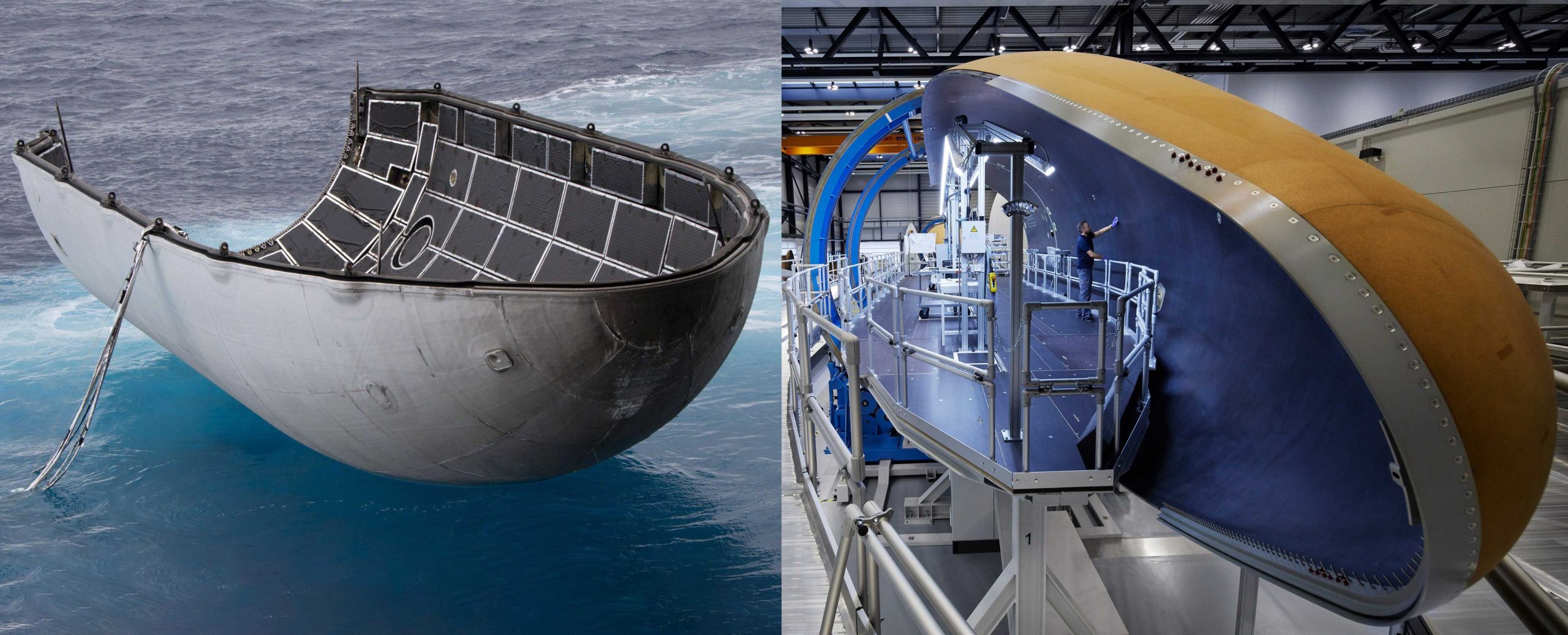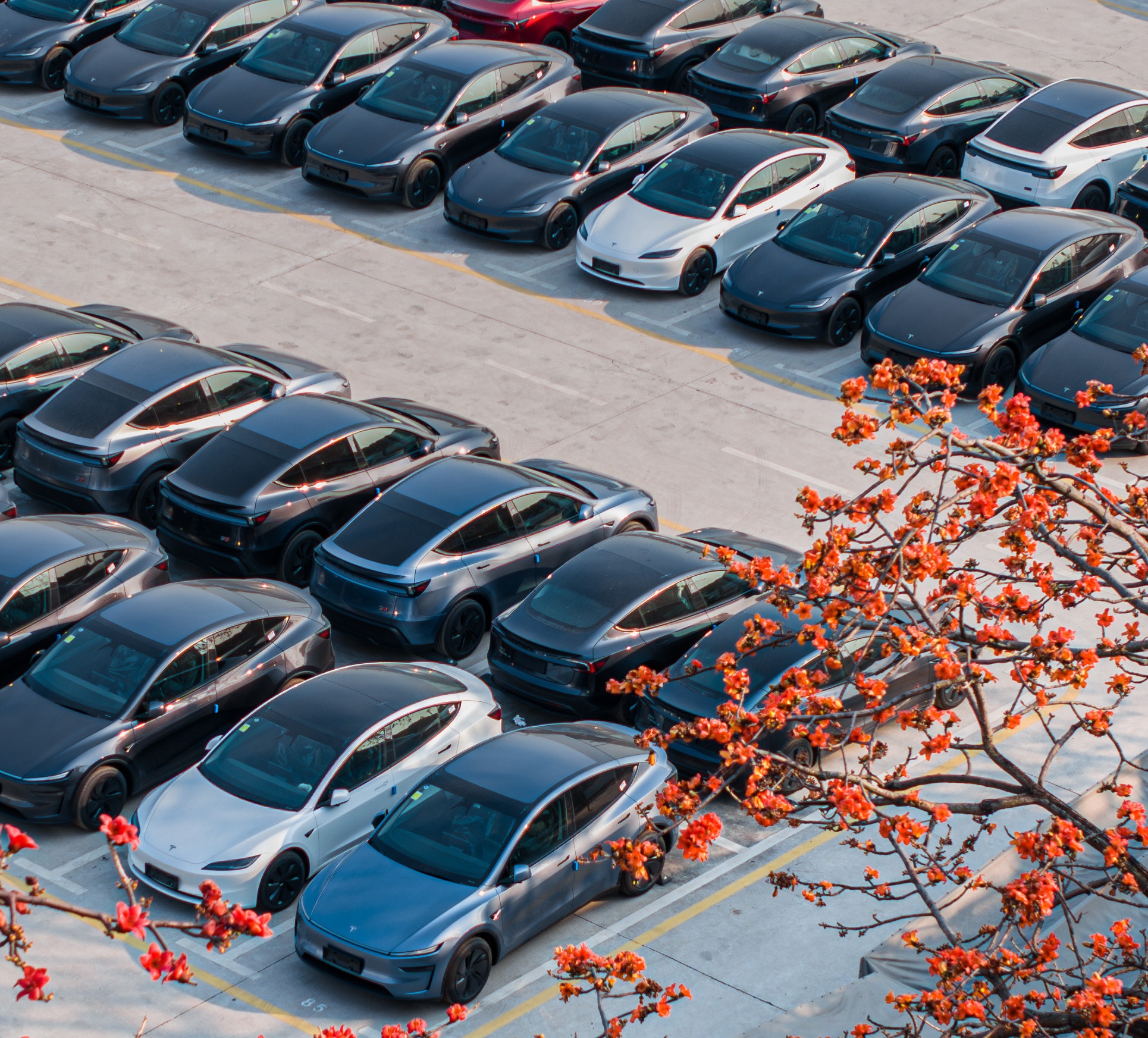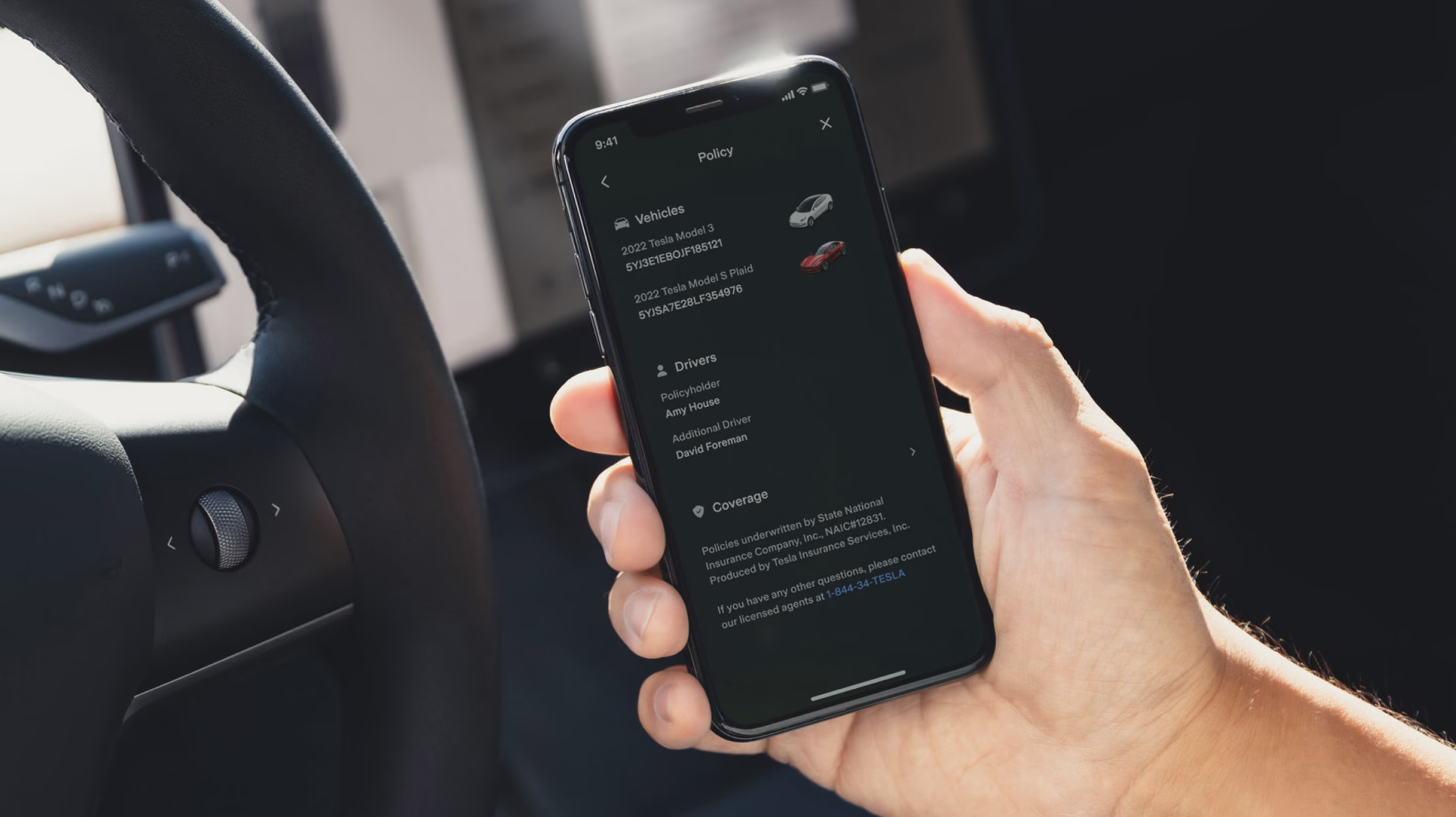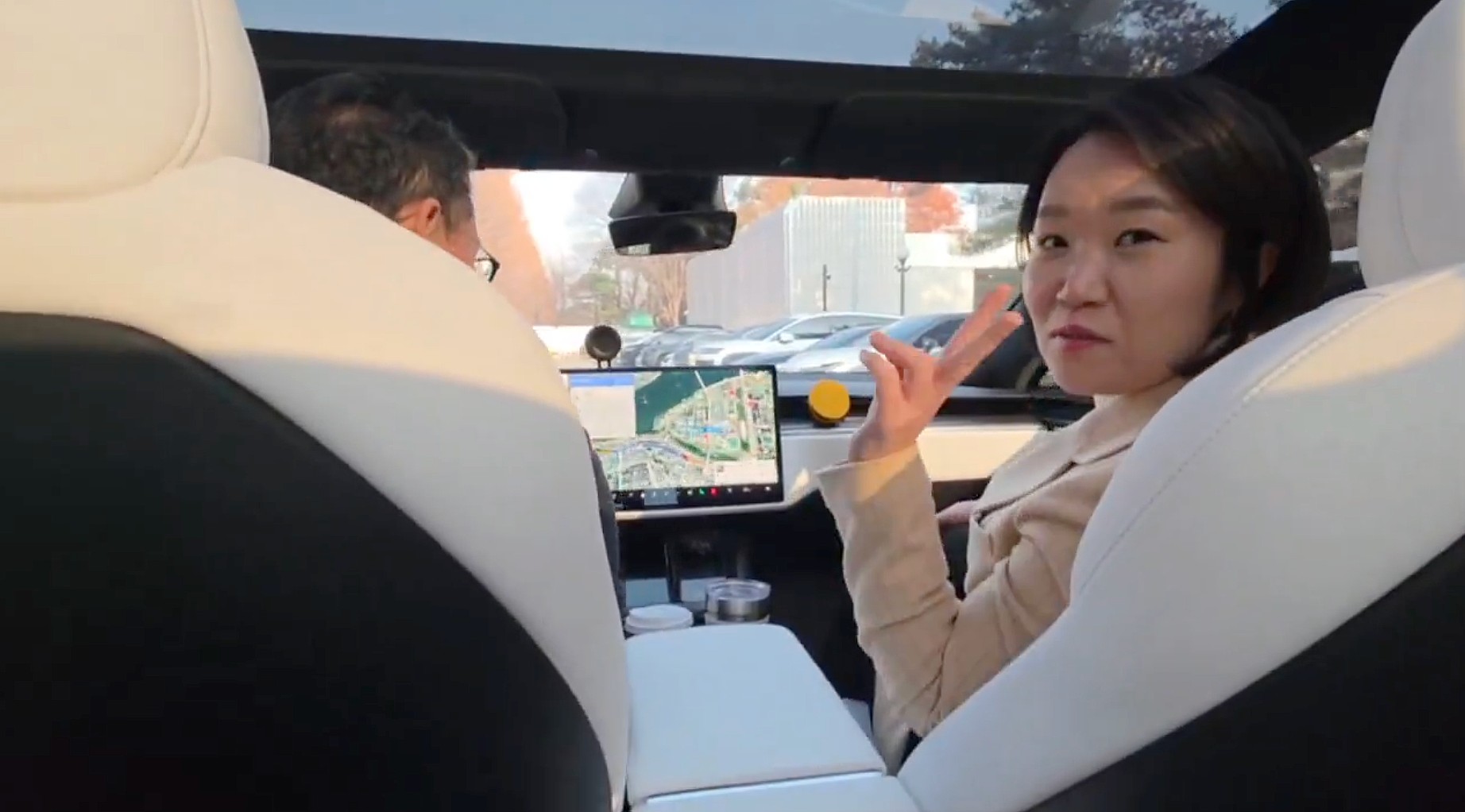

News
SpaceX’s attempts to buy bigger Falcon fairings complicated by contractor’s ULA relationship
According to a report from SpaceNews, SpaceX recently approached global aerospace supplier RUAG with the intention of procuring a new, larger payload fairing for its Falcon 9 and Heavy rockets.
RUAG is a prolific supplier of rocket fairings, spacecraft deployment mechanisms, and other miscellaneous subassemblies and components, and US company United Launch Alliance (ULA) has relied on RUAG for fairings and various other composites work for its Atlas V, Delta IV, and (soon) Vulcan launch vehicles. According to SpaceNews, that close relationship with ULA forced RUAG to turn SpaceX away, owing to ULA’s argument that the specific fairing technology SpaceX was pursuing is ULA’s intellectual property. The ramifications of this development are not earthshaking but they’re still worth exploring.
Update: A more recent report by SpaceNews seemingly revealed that RUAG has no such exclusivity or IP agreement with ULA. Nevertheless, it’s worth noting that the reality is probably somewhere in between RUAG’s official statement and the more incendiary information that preceded it. As a commercial entity, RUAG is in no way obligated to supply hardware or services to any prospective buyer, and the political and economic ties between ULA and RUAG are likely more influential than public statements will ever acknowledge.
“In a June 12 letter to Smith, the company’s CEO Peter Guggenbach makes the case that legislation forcing access to suppliers is unnecessary in this case because RUAG does not have an exclusive arrangement with ULA and is willing to work with SpaceX or any other launch providers.
“For this competition, we are in the process of submitting or have submitted proposals to multiple prime contractors regarding launch vehicle fairings. In those agreements, we share technical data to support a prime contractor’s bid while protecting our intellectual property.”
RUAG vice president Karl Jensen told SpaceNews the company has a “significant partnership” with ULA but is looking to work with others too. “We have an offer to SpaceX,” he said. “We don’t know if they’ll accept it.”
SpaceNews, 06/13/2019
Additionally, it’s likely that SpaceX is interested in procuring a few RUAG fairings not for the 5.4m diameter – the actual usable diameter is almost the same as Falcon 9’s own fairing – but for the added height, up to ~16.5m compared to F9’s ~11m.
New fairing needed
According to rules behind the latest phase of the US Air Force military launch competition (LSA Phase 2), competitors – likely to include ULA (Vulcan), Blue Origin (New Glenn), Northrop Grumman (Omega), and SpaceX (Falcon 9/Heavy) – will have to offer a larger, 5.4-meter (17 ft) diameter payload fairing to compete for any of the several dozen launch contracts up for grabs.
SpaceX’s Falcon 9 and Heavy rockets were designed with a 5.2m-diameter fairing that flew on the very first Falcon 9 launch and continues to be SpaceX’s only fairing today, albeit with several major modifications and upgrades since its 2010 debut. Blue Origin plans to jump straight into 7m-diameter fairing development for its large New Glenn launch vehicle, expected to launch for the first time no earlier than (NET) 2021.
Procured from RUAG, ULA has several fairing options, including its largest, a 5.4m-diameter fairing that flies on Atlas V 500-series vehicles and also flies on Arianespace’s Ariane 5. Northrop Grumman’s (formerly Orbital ATK’s) Omega will feature a 5.25m-diameter fairing if the rocket makes it to flight hardware production.

Although most of the two-dozen or so satellites to be launched as part of LSA Phase 2 are likely small enough to fit Falcon’s 5.2m fairing and Omega’s 5.25m fairing, SpaceX (and Northrop Grumman) would presumably miss out on opportunities to launch those larger (and likely higher-profile) satellites, effectively handing the contracts to Blue Origin or ULA. SpaceX is thus faced with a conundrum that has three possible solutions.
- Build a brand new fairing with a significantly larger diameter (5.4m+) and be forced to buy tens of millions of dollars of custom tooling and new manufacturing space for a handful of rare launches with a rocket family meant to be made redundant by Starship/Super Heavy.
- Buy a handful of 5.4m-diameter fairings from RUAG, the only practical commercial source on Earth.
- Forgo the ability to compete for the few launches that require a larger fairing.
With #2 reportedly removed by ULA’s interference for dubious reasons, the the remaining options are unsavory at best. It’s possible that SpaceX will willingly design, build and certify an entirely new Falcon fairing for US military launches, but the expense of that process – likely $50M-$100M or more – means that it would probably be contingent upon SpaceX receiving the $500M it has recently begun lobbying for.


For reference, all three of the launch providers SpaceX is competing against – ULA, NGIS, and Blue Origin – were respectively awarded ~$970M, ~$790M, and $500M by the US Air Force to complete the development of their respective launch vehicles. SpaceX can technically compete in the ~30 launch contract competition to follow, but the company wouldn’t receive a penny of development funding to meet the same requirements its competitors are being paid hundreds of millions of dollars for. In lieu of this undeniable imbalance, SpaceX – via Congressman Adam Smith – secured language in the FY2020 National Defense Authorization Act that would provide the company $500M (equivalent to Blue Origin’s award) if they win one of Phase 2’s two block-buy contracts.
Despite the fact that the USAF has plans to spend more than $2B assisting the development of three new rockets, LSA Phase 2 procurement has been inexplicably structured in such a way that only two companies/rockets can win, with one receiving 60% of contracts and the other receiving 40%. In other words, with that baffling award structure and under the assumption that SpaceX wins one of the slots, two of the three rockets the USAF is throwing money at will either die on the drawing board (Omega) or have a significantly lower chance of achieving military launch certification (New Glenn).
Ultimately, it’s clear that building an entirely new fairing would be valuable for SpaceX, even if it might be extremely expensive and of dubious strategic merit alongside the simultaneously development of Starship/Super Heavy, a vehicle that will feature a reusable 9m-diameter payload bay. Whether or not SpaceX bites that particular bullet, the LSA Phase 2 competition remains as baffling and fascinating as ever.

News
Tesla dominates in the UK with Model Y and Model 3 leading the way

Tesla is dominating in the United Kingdom so far through 2025, and with about two weeks left in the year, the Model Y and Model 3 are leading the way.
The Model Y and Model 3 are the two best-selling electric vehicles in the United Kingdom, which is comprised of England, Scotland, Wales, and Northern Ireland, and it’s not particularly close.
According to data gathered by EU-EVs, the Model Y is sitting at 18,890 units for the year, while the Model 3 is slightly behind with 16,361 sales for the year so far.
The next best-selling EV is the Audi Q4 e-tron at 10,287 units, lagging significantly behind but ahead of other models like the BMW i4 and the Audi Q6 e-tron.
GOOD NEWS 🇬🇧 Tesla is absolutely crushing the UK electric vehicle market in 2025 💥
The numbers are in, and the dominance is clear. With an impressive amount of 42,270 vehicles delivered year-to-date, the brand now commands a solid 9.6% market share of the total auto market 🆒… pic.twitter.com/dkiGX9kzd0
— Ming (@tslaming) December 18, 2025
The Model Y has tasted significant success in the global market, but it has dominated in large markets like Europe and the United States.
For years, it’s been a car that has fit the bill of exactly what consumers need: a perfect combination of luxury, space, and sustainability.
Both vehicles are going to see decreases in sales compared to 2024; the Model Y was the best-selling car last year, but it sold 32,610 units in the UK. Meanwhile, the Model 3 had reached 17,272 units, which will keep it right on par with last year.
Tesla sold 50,090 units in the market last year, and it’s about 8,000 units shy of last year’s pace. It also had a stronger market share last year with 13.2 percent of the sales in the market. With two weeks left in 2025, Tesla has a 9.6 percent market share, leading Volkswagen with 8 percent.
The company likely felt some impact from CEO Elon Musk’s involvement with the Trump administration and, more specifically, his role with DOGE. However, it is worth mentioning that some months saw stronger consumer demand than others. For example, sales were up over 20 percent in February. A 14 percent increase followed this in June.
News
Tesla Insurance officially expands to new U.S. state
Tesla’s in-house Insurance program first launched back in late 2019, offering a new way to insure the vehicles that was potentially less expensive and could alleviate a lot of the issues people had with claims, as the company could assess and repair the damage itself.

Tesla Insurance has officially expanded to a new U.S. state, its thirteenth since its launch in 2019.
Tesla has confirmed that its in-house Insurance program has officially made its way to Florida, just two months after the company filed to update its Private Passenger Auto program in the state. It had tried to offer its insurance program to drivers in the state back in 2022, but its launch did not happen.
Instead, Tesla refiled the paperwork back in mid-October, which essentially was the move toward initiating the offering this month.
BREAKING: Tesla Insurance has just officially launched in Florida.
This is the first new state to receive @Tesla Insurance in more than 3 years. In total, Tesla insurance is now available in 13 U.S. states (map in thread below of all the states).
Tesla Insurance in Florida uses… pic.twitter.com/bDwh1IV6gD
— Sawyer Merritt (@SawyerMerritt) December 17, 2025
Tesla’s in-house Insurance program first launched back in late 2019, offering a new way to insure the vehicles that was potentially less expensive and could alleviate a lot of the issues people had with claims, as the company could assess and repair the damage itself.
It has expanded to new states since 2019, but Florida presents a particularly interesting challenge for Tesla, as the company’s entry into the state is particularly noteworthy given its unique insurance landscape, characterized by high premiums due to frequent natural disasters, dense traffic, and a no-fault system.
Annual average premiums for Florida drivers hover around $4,000 per year, well above the national average. Tesla’s insurance program could disrupt this, especially for EV enthusiasts. The state’s growing EV adoption, fueled by incentives and infrastructure development, aligns perfectly with Tesla’s ecosystem.
Moreover, there are more ways to have cars repaired, and features like comprehensive coverage for battery damage and roadside assistance tailored to EVs address those common painpoints that owners have.
However, there are some challenges that still remain. Florida’s susceptibility to hurricanes raises questions about how Tesla will handle claims during disasters.
Looking ahead, Tesla’s expansion of its insurance program signals the company’s ambition to continue vertically integrating its services, including coverage of its vehicles. Reducing dependency on third-party insurers only makes things simpler for the company’s automotive division, as well as for its customers.
News
Tesla Full Self-Driving gets sparkling review from South Korean politician
“Having already ridden in an unmanned robotaxi, the novelty wasn’t as strong for me, but it drives just as well as most people do. It already feels like a completed technology, which gives me a lot to think about.”

Tesla Full Self-Driving got its first sparkling review from South Korean politician Lee So-young, a member of the country’s National Assembly, earlier this week.
Lee is a member of the Strategy and Finance Committee in South Korea and is a proponent of sustainable technologies and their applications in both residential and commercial settings. For the first time, Lee was able to utilize Tesla’s Full Self-Driving technology as it launched in the country in late November.
Her thoughts on the suite were complimentary to the suite, stating that “it drives just as well as most people do,” and that “it already feels like a completed technology.”
드디어 오늘, 서울에서 테슬라 FSD 체험 했습니다.
JiDal Papa님의 모델S 협찬에 힘입어^^ 파파님 정말 감사합니다.
국회 -> 망원시장 -> 홍익대 -> 국회 복귀 코스였고요.
이미 무인 로보택시를 타봐서 그런지 신기함은
덜했지만, 웬만한 사람만큼 운전을 잘하네요.이미 완성된 기술이라고… pic.twitter.com/8pAidHBpRG
— 이소영 국회의원 (Soyoung Lee) (@im_soyounglee) December 17, 2025
Her translated post says:
“Finally, today I got to experience Tesla FSD in Seoul. Thanks to the Model S sponsored by JiDal Papa^^, I’m truly grateful to Papa. The route was from the National Assembly -> Mangwon Market -> Hongik University -> back to the National Assembly. Having already ridden in an unmanned robotaxi, the novelty wasn’t as strong for me, but it drives just as well as most people do. It already feels like a completed technology, which gives me a lot to think about. Once it actually spreads into widespread use, I feel like our daily lives are going to change a lot. Even I, with my license gathering dust in a drawer, don’t see much reason to learn to drive a manual anymore.”
Tesla Full Self-Driving officially landed in South Korea in late November, with the initial launch being one of Tesla’s most recent, v14.1.4.
It marked the seventh country in which Tesla was able to enable the driver assistance suite, following the United States, Puerto Rico, Canada, China, Mexico, Australia, and New Zealand.
It is important to see politicians and figures in power try new technologies, especially ones that are widely popular in other regions of the world and could potentially revolutionize how people travel globally.









